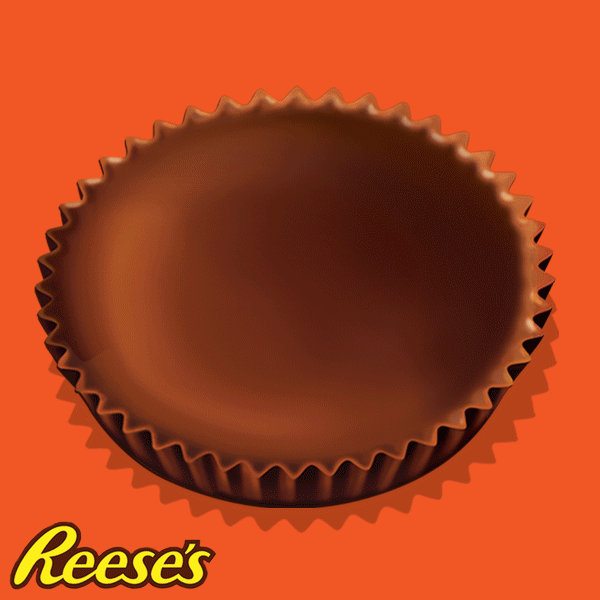The Power of Dynamic Sensory Contrast in Branding
🔀 Why the Most Memorable Products and Brands Thrive in Opposing Forces
I. Introduction: Why We Love Contrast
Branding and marketing often emphasise consistency, coherence, and clarity. The prevailing wisdom suggests that a brand should be harmonious—its messaging, design, and experience should align perfectly to create a seamless customer experience.
Yet, paradoxically, some of the most iconic and beloved products, brands, and cultural moments thrive on the opposite—tension, contradiction, and dynamic interplay between opposing elements.
This is where dynamic sensory contrast comes into play. Whether in food, fashion, music, or brand storytelling, this concept explains why our brains gravitate toward things that feel both familiar and unexpected.
Like the Yin and Yang principle in Chinese philosophy, maintaining a good balance of contrast is essential for a brand or product.
🥜 Reese’s Peanut Butter Cups? Sweet meets salty.
🩴 Birkenstock sandals? Ugly but comfortable.
🎶 Sabrina Carpenter’s music? Bubblegum pop with an edgy attitude.
👟 Nike’s marketing? Hardship meets triumph.
It’s not the resolution of contrast that excites us—it’s the tension itself.
I reencountered this term while listening to Nick Martell and Jack Crivici-Kramer's podcast, The Best Idea Yet. I'm sharing the link below if you'd like to hear it.
🧩 What is Dynamic Sensory Contrast?
Initially coined in food science, dynamic sensory contrast explains why products that combine opposing sensory elements create a heightened and addictive experience. For example, in snacks, combining crunchy textures with creamy fillings makes foods irresistible (think Kit-Kat, Oreos, or Doritos).
But this idea extends far beyond food—a powerful psychological and cultural mechanism brands use to command attention, evoke emotion, and drive consumer loyalty.
Today, we’ll explore:
✅ Why contrast and tension drive desire
✅ How brands across industries leverage this phenomenon
✅ How businesses can use sensory and narrative contrast to their advantage
Let’s break it down.
📌 Want More In-Depth Brand Strategy Insights?
🔒 Paid subscribers get access to deep dives like this twice a month and access to the entire content library. Subscribe now for exclusive brand breakdowns, cultural semiotics, and future trend analysis.
We offer a 25% discount on annual subscriptions to celebrate St. Patrick's Day. This offer is available only for this week.
A little note from me
At the end of February, I participated in Semiofest Session 34, "Peirce & Perception." During this session, I delivered a talk on the differences between Western and non-Western cultural perceptual traits. My presentation complemented Chris Barnham’s inspiring lecture on George S. Peirce and his critique of fixed categorisation in Western perception. You can watch the webinar below.
Keep reading with a 7-day free trial
Subscribe to Code Uncovered to keep reading this post and get 7 days of free access to the full post archives.




